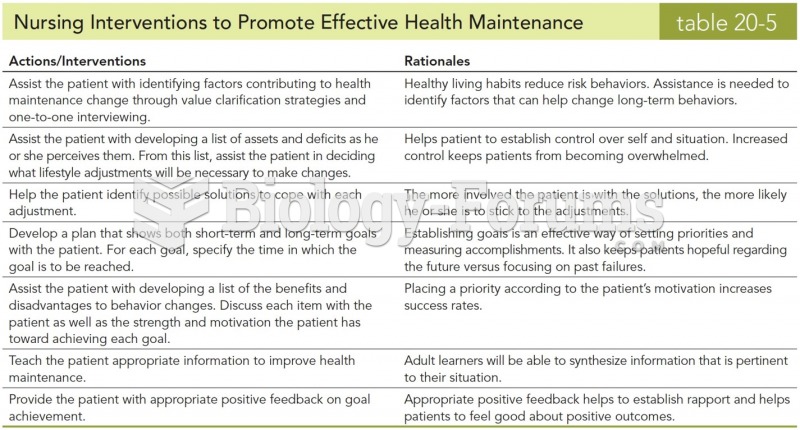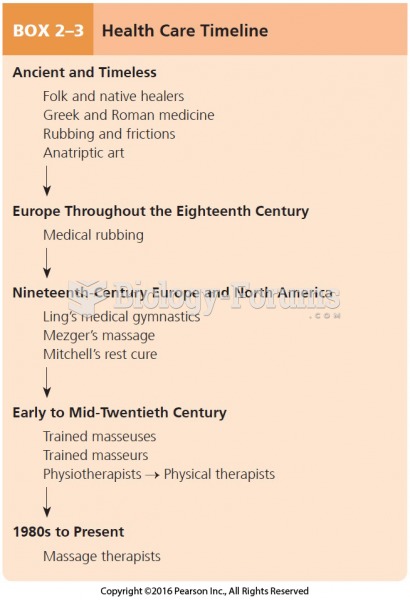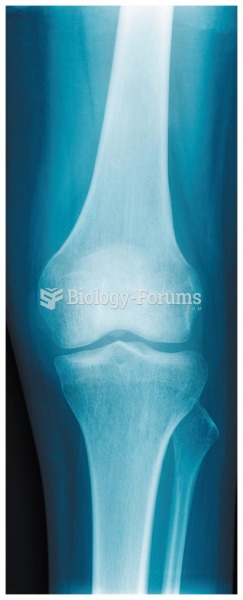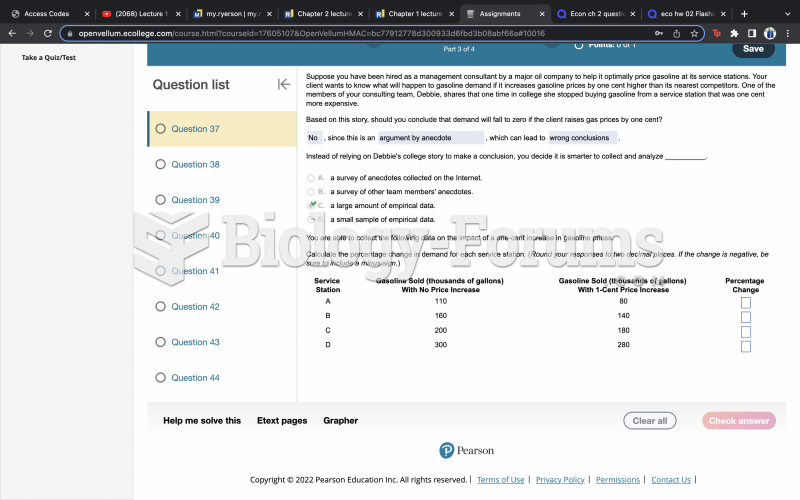|
|
|
Did you know?
Cyanide works by making the human body unable to use oxygen.
Did you know?
The familiar sounds of your heart are made by the heart's valves as they open and close.
Did you know?
Cancer has been around as long as humankind, but only in the second half of the twentieth century did the number of cancer cases explode.
Did you know?
More than one-third of adult Americans are obese. Diseases that kill the largest number of people annually, such as heart disease, cancer, diabetes, stroke, and hypertension, can be attributed to diet.
Did you know?
People about to have surgery must tell their health care providers about all supplements they take.







